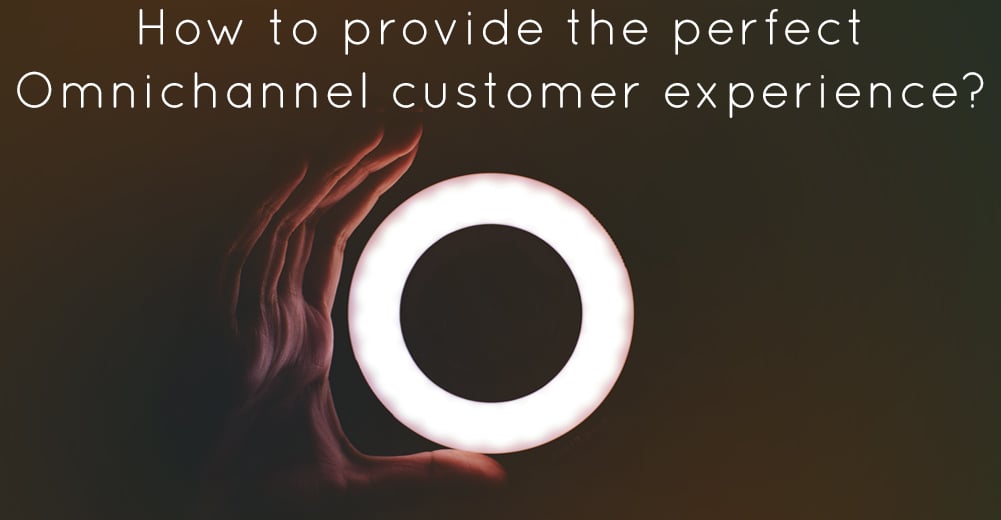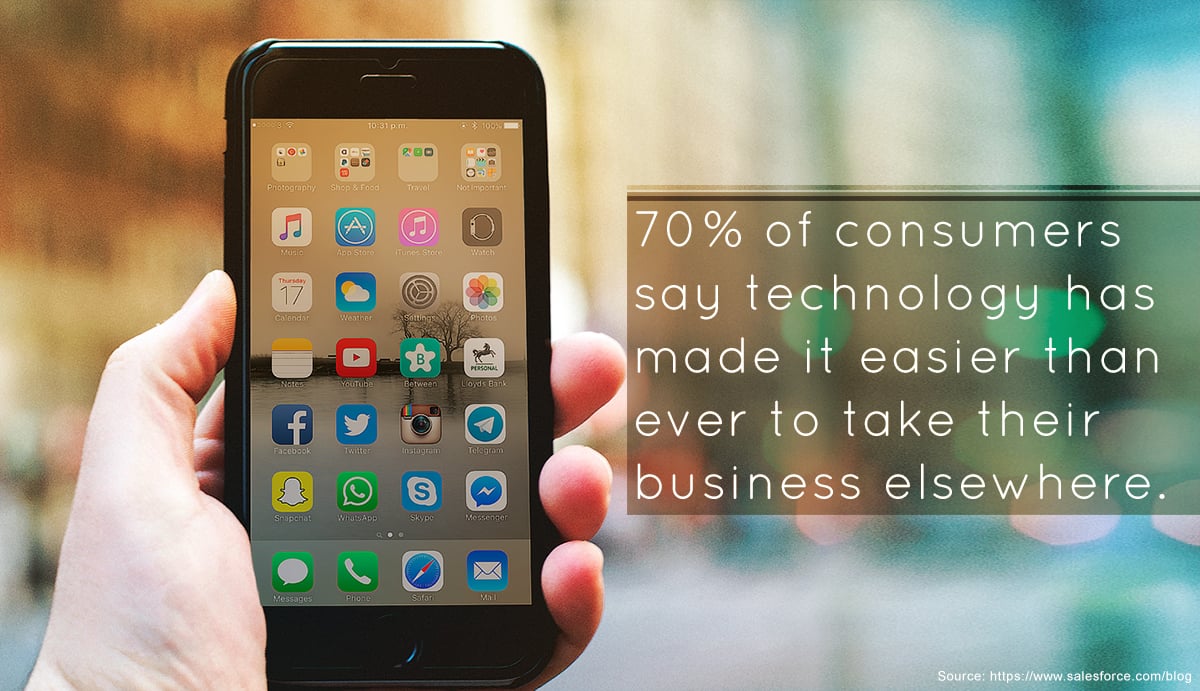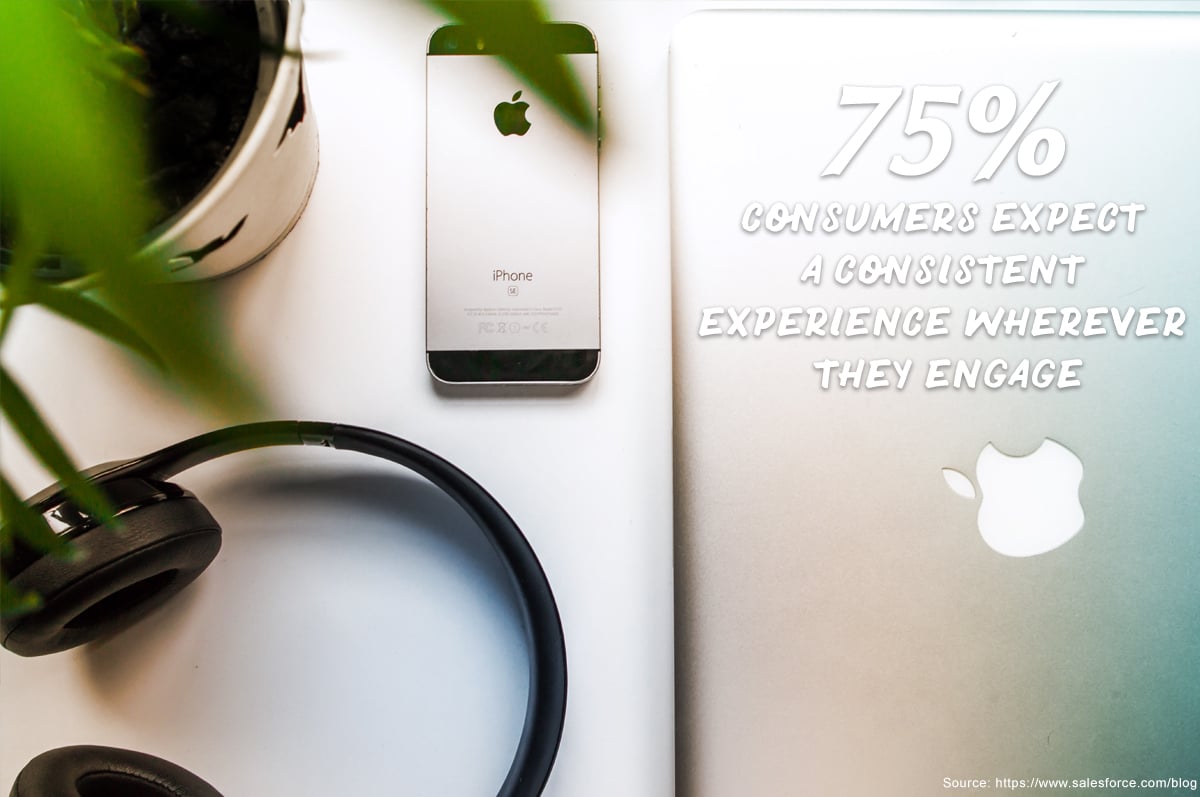
Image source – Images from Shutterstock.com and Unsplash.com
Omnichannel customer experience is the current buzzword of the industry that gave birth to a new flurry of activities that brands are increasingly engaged in. If you happen to belong to the C-suite fraternity, it is even more important.
A study by Genesys, a market leader in omnichannel customer experience revealed that customer experience initiatives led by the C-suite could lead to a rise in revenue and customer satisfaction levels, reducing costs. Inevitably, the customer experience today has turned out to be omnichannel.
What is the probable meaning of omnichannel? If “Omni” means perceiving all things, then it possibly means that a brand should perceive all the things customers are doing through the channels available and react accordingly. Does it mean appearing everywhere and being present in all the possible channels that a customer has access to? Probably not! It is rather to make the customer perceive all that is happening in the business through all the channels.

Ideally, the main ingredient of customer experience should be continuity for simple reasons like branding and positions. It also helps the customers to remember your brand name in the first place. In contrast, is the consumer experience normally provided by most of the brands, continuous and consistent? Possibly not! Providing an omnichannel experience is to allow customers to own their data, experiences, and empower them with the ability to use data and the context for a better future experience. The leadership team needs to rethink in making the customer experience more involved, open, continuous, and universal. This is probably an imperative for business communities today.
Many of the brands that refused to acknowledge the role of social media and socialization of business through customer relationships have perished. Omnichannel does not mean being present in different channels with the periodic publishing of videos and content across devices. It essentially means orchestrating an exceptional customer experience through all the touch points with the company.
Creating remarkable customer experience
Omnichannel customer experience is all about creating winning customer experience through varied channels building personalized relationships with customers across every touch points. The steps that follow are monitoring the customers’ interactions to gather real-time insights about buyers’ preferences, tastes, and online behavior. The next step is to equip the staff members with real-time customer data and information to ensure transparency and visibility across every touch points.
Rolling out self-service options to customers through technology to promote more convenience and relevance facilitates continuity in customer experience. There is no doubt that to provide an outstanding customer experience; the whole organization has to transform with the staff being the customer experience evangelists.
It is rather about the management of the entire customer lifecycle, relationship, and making the customers’ purchase path easy and convenient through the use of technology and communication channels. A two-way dialogue with the customers has to be established through ways like live chat and social media, and any issues and concerns should be addressed as soon as they arise. These are the ways a business can build a redeemable customer relationship, setting the stage for a long-term profitable organization.

The key elements of omnichannel customer experience
According to different case studies and the way, companies have been benefitted in offering an omnichannel experience, brands provide four key elements in the customer experience. They are convenience, consistency, empowerment, and agile strategy. These are the elements imbibed in the entire life cycle of the customers’ journey that facilitate a brand to unite the customer with a long-term commitment to the brand.
Let’s take the example of Disney who has devised a great omnichannel experience for its customers to the minutest detail. It has all the key elements of convenience, consistency, empowerment, and agility. The mobile responsive website of the company allows the customers who book the trips to use the My Disney Experience tool. This allows customers to plan for the trip including activities from locating the attractions to dining. Disney also has introduced the Magic Band program which is a tool allowing visitors to the park to store photos and order food with other utilities as well. This is an example of Disney taking all the four elements into account while serving customers.
The C-suite executives should attempt to integrate these elements into the omnichannel experience of the customers. It’s a fact that today’s customers are pressed for time and providing convenience saves time and adds value as the most important metric of customer experience. Consistency in all the aspects whether it’s product delivery or quality of services or even customer engagement is important to keep the customer experience seamless.

Brands that have realized that the key to marketing is customer education and empowerment are ahead in the competition. Technology can be effectively used to empower the customer through diverse channels. Another important attribute in this journey is agility through technological adoption in processes and practices.
In the whole life cycle of the customers’ journey, the agility principle keeps a brand ahead in serving the customers and keeping up with the expectations of the customer. Be it the lead response time or the grievance redressal time, organizations need to be agile in redressing to issues and responding to even smallest queries of the prospects. All of this certainly requires a transformed organization that is truly customer centric and quite mature in digital transformation.




The key difference of omni-channel UX, as compared to multi-channel UX, is indeed consistency of the experience but more than only overall/general experience, it is also consistency across interactive processes: for example when onboarding as a customer of a service, if I start the process on one specific channel I want to be able to leave it and continue later on on a different channel from a consistent and updated state, and if the process takes longer stages I want to be able to request consistent status updates from any channel.